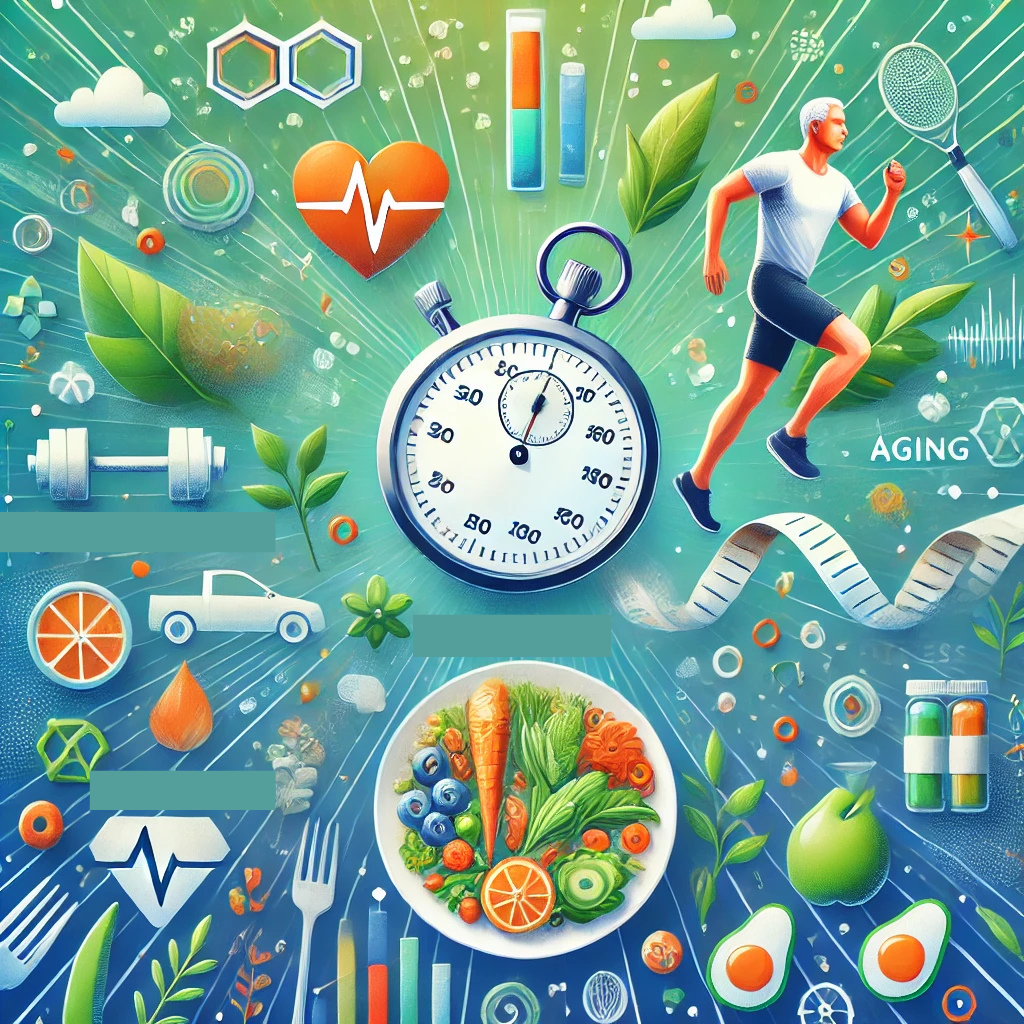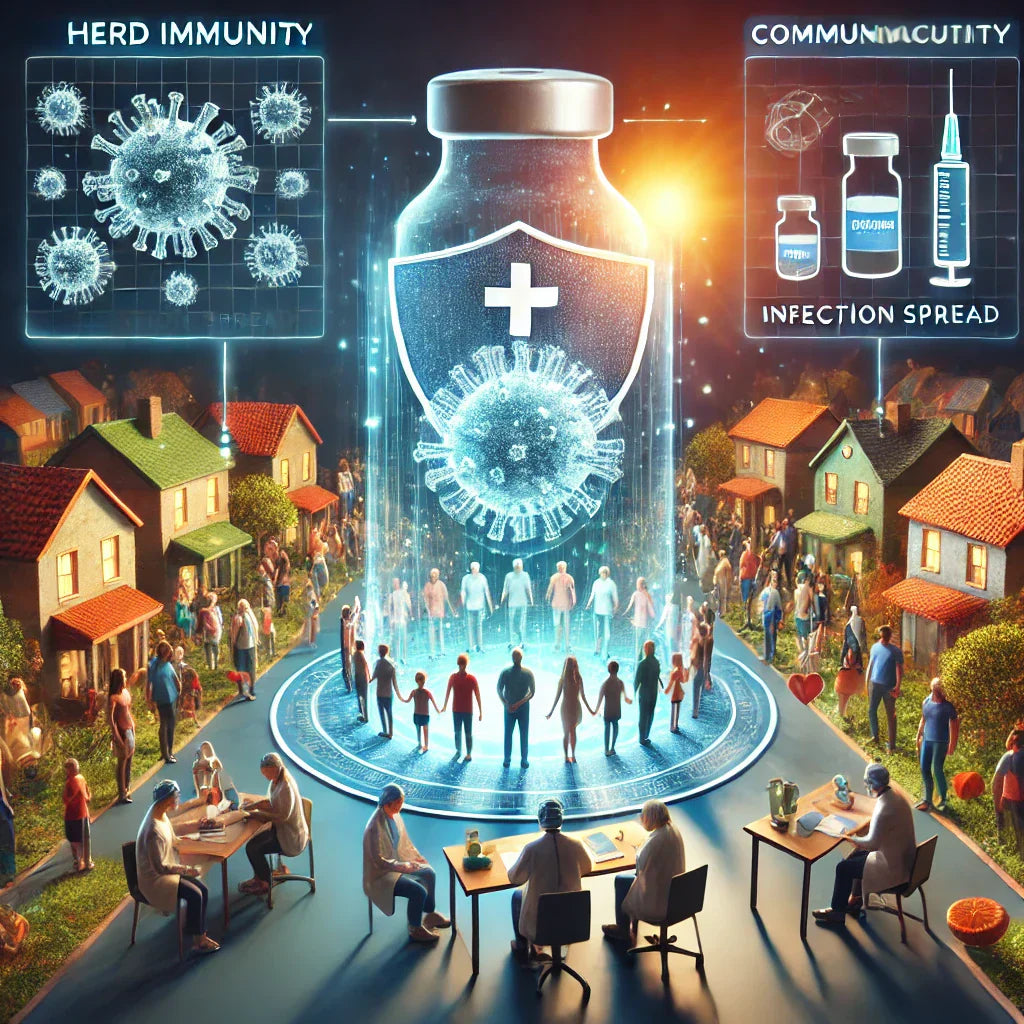News
Integrating TCM with Western Medicine: A Holistic Approach to Cancer Care
acupuncture alternative medicine Cancer Care Cancer Support Cancer Symptom Management Complementary Techniques Evidence-Based Practices Herbal Remedies Holistic Cancer Treatment Integrative Healing Integrative Oncology Mind-Body Medicine Modern Healthcare Oncology Care Qi TCM Traditional Chinese Medicine Western Medicine Yin and Yang
Cancer care has made incredible strides with modern advancements in Western medicine, offering patients life-saving options like chemotherapy, radiation, and immunotherapy. However, these treatments often focus on targeting the disease itself, sometimes leaving gaps in addressing the patient's overall well-being. This is where Traditional Chinese Medicine (TCM) offers a complementary perspective, emphasizing the harmony of the body, mind, and spirit.
By integrating TCM with Western approaches, a holistic model of cancer care is emerging. This method leverages the strengths of both traditions, aiming to not only fight cancer but also improve quality of life, reduce treatment side effects, and promote overall health. In this article, we explore how these two medical paradigms can coexist to offer patients a truly comprehensive care experience.
Understanding Emotional Eating: Triggers and Healthy Coping Mechanisms
emotional eating emotional health emotional triggers healthy coping mechanisms healthy habits managing cravings mindful eating stress eating stress management triggers of emotional eating
Emotional eating is a common response to stress, boredom, or overwhelming emotions, where food becomes a way to self-soothe. While it can offer temporary comfort, this habit often leads to feelings of guilt, weight gain, or a strained relationship with food.
Understanding the triggers behind emotional eating and learning healthier coping mechanisms can empower you to break free from the cycle. This article explores the causes, signs, and practical strategies to address emotional eating while fostering emotional resilience and self-care.
Metabolism and Aging: How to Maintain a Healthy Metabolism as You Get Older
aging and diet aging metabolism exercise for metabolism healthy metabolism Metabolism and aging metabolism changes metabolism health metabolism support metabolism tips weight management
Metabolism, the process by which your body converts food into energy, plays a vital role in maintaining overall health. However, as you age, your metabolism undergoes changes that can affect energy levels, weight, and even your risk for chronic diseases. Understanding these shifts and learning how to adapt can help you maintain a healthy metabolism throughout your life.
While it’s true that aging can naturally slow metabolic processes, this doesn’t mean you’re powerless. With the right strategies, you can support your body’s metabolism, enhance your vitality, and promote long-term wellness. This article explores the connection between metabolism and aging and provides actionable steps to help you thrive as you get older.
The Healing Breath: How Deep Breathing Can Help Manage Pain
breathing exercises breathing techniques breathwork for pain calming breath techniques deep breathing benefits deep breathing for pain diaphragmatic breathing healing breath holistic pain relief managing chronic pain mindfulness breathing pain management stress and pain relief
Pain is a universal experience, but managing it effectively is often a challenge. While medications and therapies are common approaches, alternative techniques like deep breathing can offer powerful, drug-free relief. Breathing exercises tap into the body’s natural ability to calm the nervous system, reducing pain and promoting relaxation.
In this article, we’ll explore how deep breathing works to manage pain, examine its benefits, and provide practical techniques to incorporate it into your daily routine. Discover how something as simple as your breath can be a transformative tool for healing.
Herd Immunity: How Vaccines Protect the Entire Community
community health COVID-19 disease prevention herd immunity immunity threshold infectious diseases public health vaccination benefits vaccine hesitancy vaccines
Herd immunity is one of the most powerful tools for protecting public health, especially in the fight against infectious diseases. It's a phenomenon where enough people in a community are immune to a disease, either through vaccination or prior infection, that it significantly reduces its spread. But what makes herd immunity so vital, and how do vaccines play a pivotal role in achieving it? This article dives into the intricacies of herd immunity, explaining how vaccines not only safeguard individuals but also serve as a shield for the entire community, including those who cannot be vaccinated.
Vaccination campaigns have saved countless lives by preventing the spread of diseases such as measles, polio, and influenza. Yet, achieving and maintaining herd immunity requires collective effort and understanding. By exploring the science, benefits, and challenges associated with herd immunity, you'll see how this public health strategy protects society at large.





